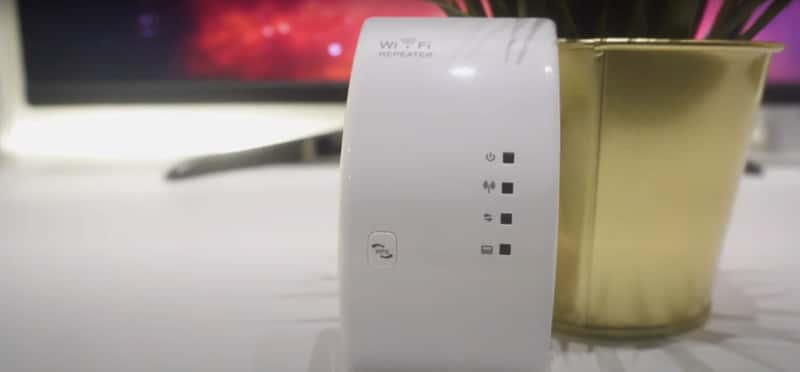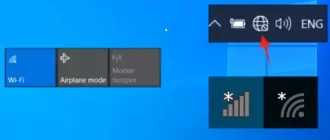In the article, we’ll look at the difference between Bluetooth and Wi-Fi. Strangely enough, but these technologies are often confused with each other. And this is understandable, because Wi-Fi and Bluetooth use in their armament transfer data through the air wirelessly with the help of banal radio waves.
It is true that the two technologies have a lot in common, but first things first. In this article, I will try to explain and disclose this issue as simply and comprehensible as possible.
Similarities
The main similarity is the transmission of information via radio waves. Both Wi-Fi and Bluetooth use the 2.402 GHz to 2.48 GHz frequency band. In both cases, radio waves are used to transmit information from one device to another and back again. This is probably where the most important similarities end.
Differences
Now we will look at the main difference. First of all, let’s look at the word Wi-Fi itself, or in full “Wireless Fidelity” – which in translation means “Wireless Network”. About wireless, we’ve already understood, but here’s what exactly the word network means.
Many people confuse the word “Wi-Fi” with “Internet”, but in fact they are different things, although they can be related to each other. To make a wireless or WiFi network work – you need a special device: a router or a router. The router starts to build a wireless network around itself, to which other devices can connect: phone, tablet, laptop, TV, etc.
It is the router that intelligently connects all these devices. If you connect a cable from your ISP to the router and configure it, then all the devices connected to the router will have internet. But as I said, there may be no internet, but there is no problem with WiFi. For example, if you get disconnected from the internet because you haven’t paid, you can still connect to the wireless network, but of course the internet won’t be there. Now I hope you understand that wi-fi and the Internet are only indirectly connected.
Bluetooth, on the other hand, is used for a direct connection. For example, when you connect Bluetooth headphones to the phone, the information goes directly from the smartphone to the second device – without the participation of the router.
Another major difference is the range of the radio wave. Bluetooth beats at most 10-20 meters. Wi-Fi network can beat for hundreds of meters, and when using narrow-directional wi-fi guns and a few kilometers.
Bluetooth uses completely different standards and protocols for data transmission. For example, it also uses a separate profile that allows you to control an external device. I have a TV at home, and its remote control works just on this Bluetooth protocol.
There are so-called standards in Wi-Fi, which determine the data transfer speed:
- IEEE 802.11b – 11 Mbps
- IEEE 802.11g – 54 Mbps
- IEEE 802.11n – 150 Mbps using a single channel and 20 MHz bandwidth. In the future it is possible to increase the speed up to 600 Mbit per second.
Separately we would like to mention the frequency of 5 GHz, which has also recently begun to be used in wireless networks. Meanwhile, there is a new standard IEEE 802.11ac, which, if desired, can be overclocked up to 6.77 Gbit per second. Bluetooth is much slower and uses a different standard for data transfer – IEEE 802.15.4.
To put it simply, first of all, the difference is in the method of application. If Wi-Fi is used to connect a large number of devices into one local network for further access to the Internet. If Bluetooth is used to directly connect two devices as in wireless devices: headphones, mice, keyboards, remote controls, etc.
Conclusion
As you can see the difference between wi-fi and Bluetooth is not obvious, but it is still there. Also, in addition to the differences, there are similarities, which can be seen by reading this article. Also, it is still impossible to say what is better: wi-fi or Bluetooth, as both of these technologies are used in different places and have different purposes.






